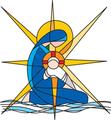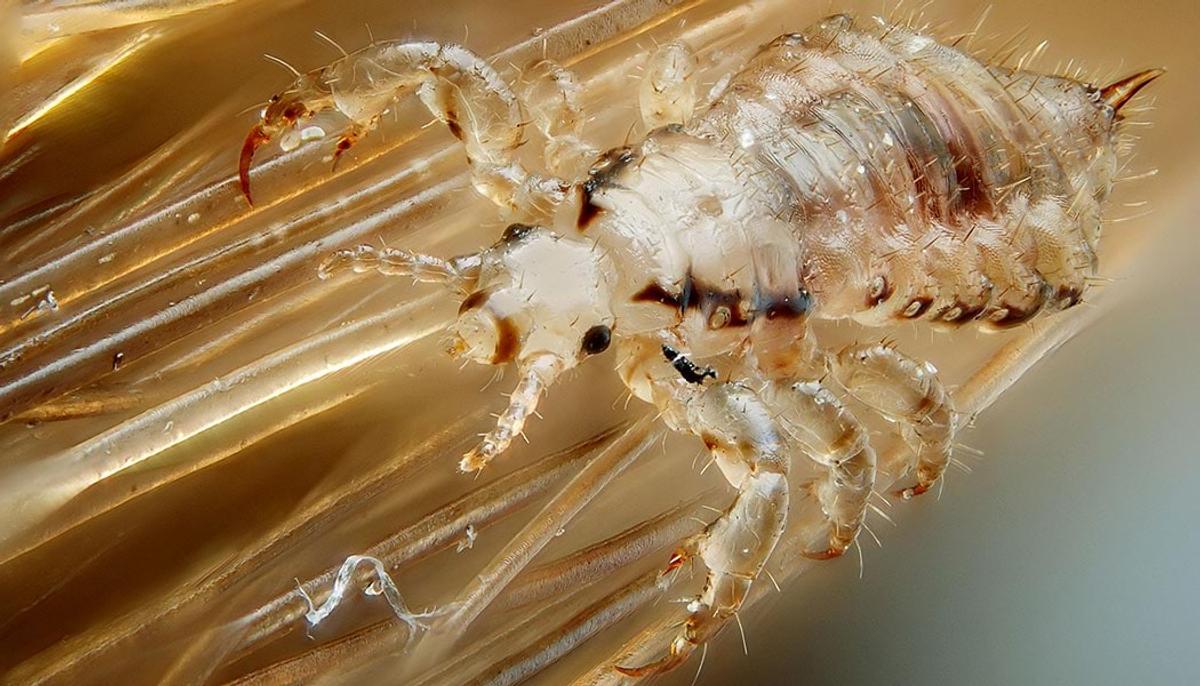They are back!

Just letting you know that we have had a few cases of headlice in different classes this week. Please take this opportunity to check your child's hair and treat as necessary.
What are head lice?
Head lice are small, wingless insects that live, breed and feed on the human scalp. They do not generally carry or transmit disease. Head lice have existed for millions of years and, in fact, predate human evolution.
Direct contact is required for transmission from person to person. Lice will crawl from head to head without discrimination.
Head lice facts
A female louse lays 3 to 8 eggs (nits) per day. The eggs are firmly attached to the hair fibres, within 1.5 cm of the scalp, and rely on warmth from the head to hatch. Head lice do not have wings or jumping legs, so they cannot fly or jump from head to head. They can only crawl.
People catch head lice from direct head-to-head contact with another person who has head lice. This can happen when people play, cuddle or work closely together. Head lice are most common among children and their families.
If your family has head lice, tell anyone who has had head-to-head contact with them, so that they can check and treat their family if needed. There is no need to treat the whole family, unless they also have head lice.
Concentrate on treating the affected person’s head. There is no evidence to suggest that you need to clean the house or the classroom. The only linen that requires changing is the affected person’s pillowcase. Wash it in hot water (60 ºC) or dry it in a clothes dryer set to warm or hot.
Itchiness may not disappear immediately after treatment. Persistent itch without evidence of persistent infection is not a reason to repeat the treatment. There are other reasons why your scalp might feel itchy.
Finding head lice
Some people who have a head lice infestation do not itch. It is possible to have head lice and not feel the need to scratch your head. This means that absence of itch is not a reliable sign that you do not have head lice.
If you suspect someone might have been exposed to head lice you will need to closely inspect that person’s hair and scalp.
So what are you looking for? Head lice eggs are oval, and the size of a pinhead. They are firmly attached to the hair shaft and cannot be brushed off. (A live egg will make a ‘pop’ sound if you crush it between your fingernails.)
A louse is a small, wingless, whitish-brown to reddish-brown insect. They have 6 legs, which end in a claw. Like this:
The easiest and most effective way to find head lice is to use the conditioner and comb treatment weekly. This includes:
- Step 1. Comb hair conditioner onto dry, brushed (detangled) hair. This makes it difficult for lice to grip the hair or run around.
- Step 2. Thoroughly comb sections of the hair with a fine tooth head lice comb.
- Step 3. Wipe the conditioner from the comb onto a paper towel or tissue.
- Step 4. Look on the tissue and on the comb for lice and eggs.
- Step 5. Repeat the combing for every part of the head at least 4 or 5 times.
- Step 6. If lice or eggs are found, the person should be treated.
Head lice combs
Head lice combs with long rounded stainless steel teeth, positioned very close together, are the most effective. However, any head lice comb can be used. A plastic head lice comb is often provided when you buy a head lice insecticide product (in the packet with the shampoo or lotion).
Head lice and exclusion from school
According to the Public Health and Wellbeing Regulations 2019, children with untreated head lice are not permitted to attend school or children’s service centres. However, once treatment has started, they may attend, even if there are still some eggs present.


